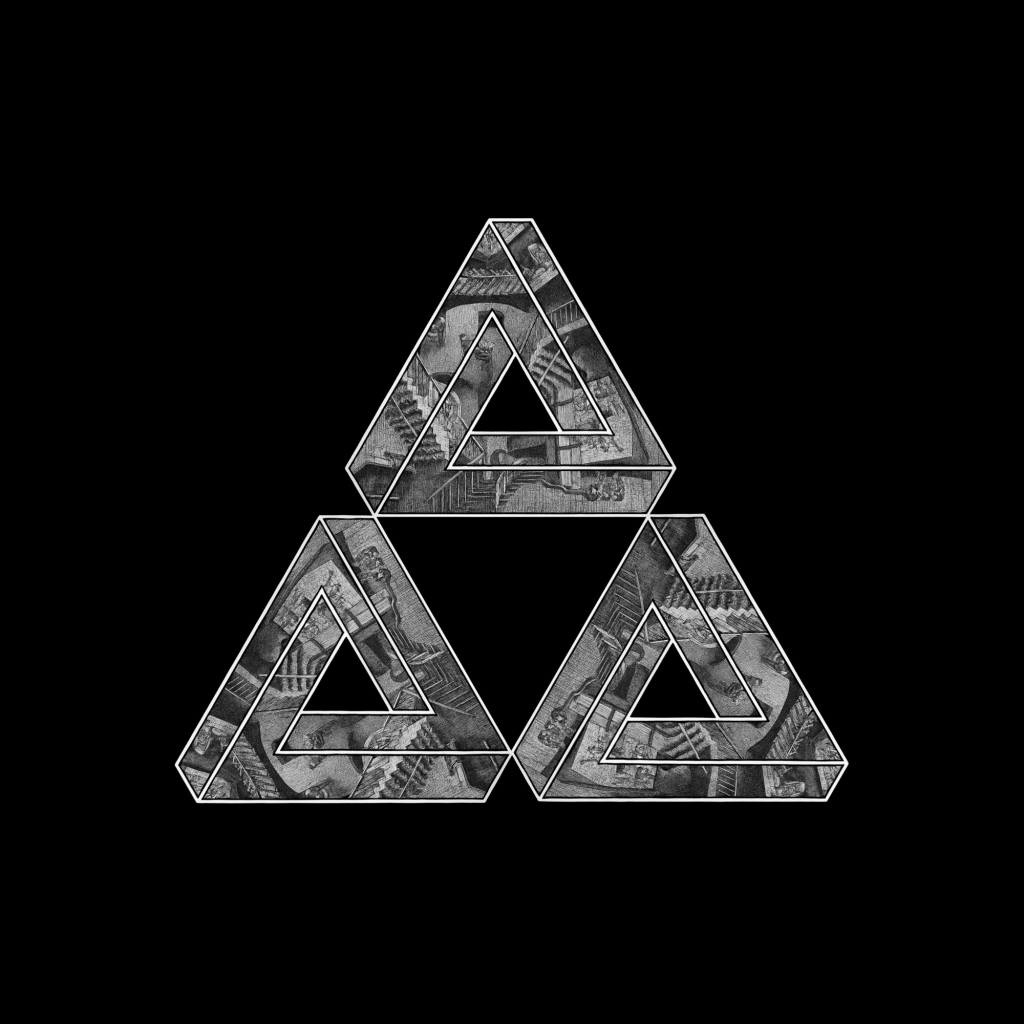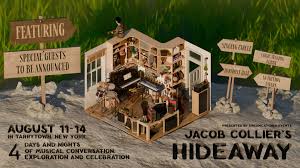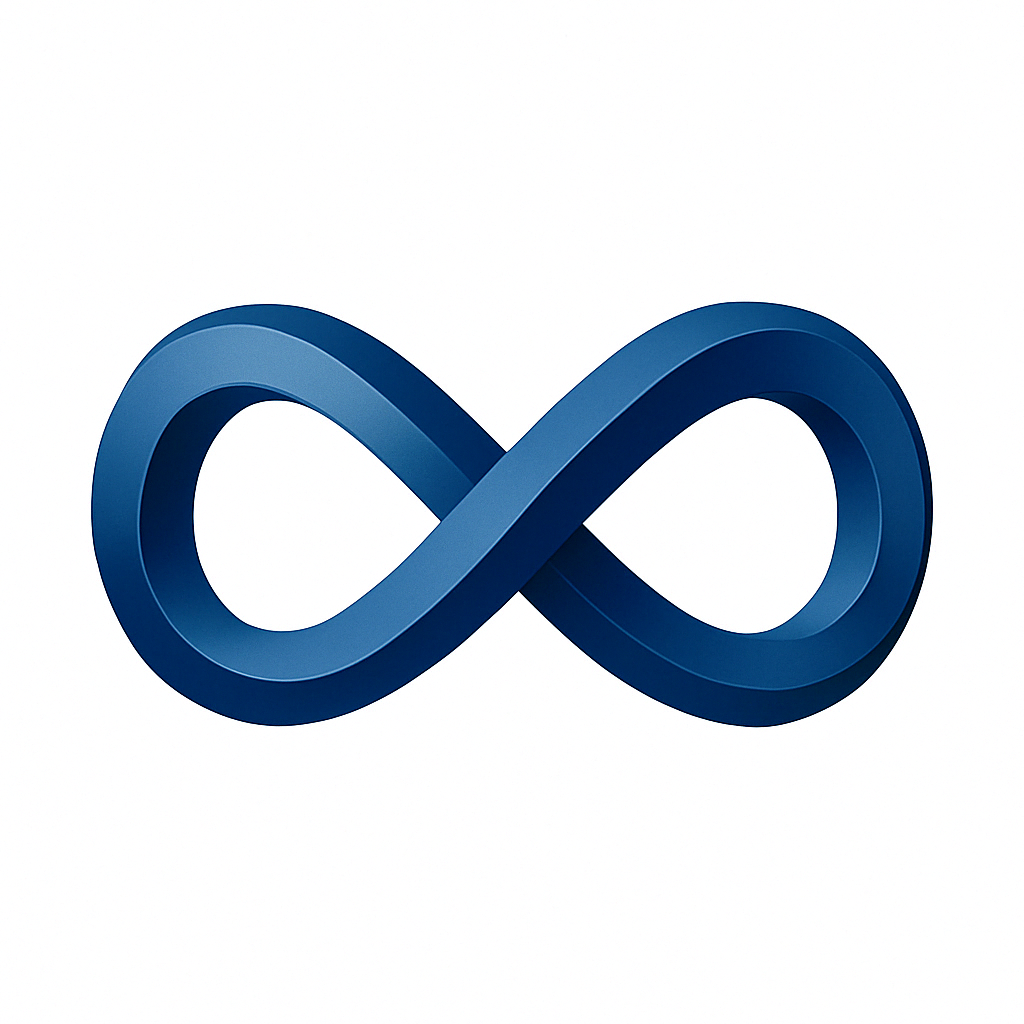The Harmonics Institute advances the formalization of harmonic theory as a foundational framework for the integration of rational and meta-rational modes of interpreting reality. At the core of this initiative is the development of symbolic, cognitive, and computational instruments that enable multi-order analysis and application across disciplines. This work seeks to establish a formal meta-logic – an expressive system through which harmonic language accounts for self-generative transformational order, and thus reality as a unified musical process.
Central to this effort is the articulation of a multi-base system of meta-analysis – one that interprets reality, music, and music-as-reality through all available bases of reference and for all potential values. We conceptualize this as a referential phase space in which interpretive modes coexist harmonically. Whereas traditional systems often adhere to singular numeric paradigms – such as base 0 in non-dual traditions, base 1 in monotheistic frameworks, base 2 in dualistic systems, and base 3 in trinitarian models – harmonic formalism insists on the necessity of integrated, simultaneous, and transposable multi-base reasoning. With reference to the harmonic theorist and composer Steve Coleman, this may be conceived as an “M-Base” meta-analytical system.
Harmonic formalism thus provides a logic capable of operating across multiple levels of complexity, maintaining referential consistency with respect to any subsystem or supersystem relative to the observer. This includes a progression of logical modes – from static, to dynamic, to systemic, to meta-systemic – culminating in what we describe as the harmonic mode. This mode enables transpositional reasoning and entangled inference across diverse layers of abstraction and domain specificity. Music, in this context, is treated as a paradigmatic reference system: across cultures, musical structures embody the recursive interdependence and self-similarity necessary to model these dynamics from both relative and self-relative perspectives, converging toward universal frames of reference.
A distinctive characteristic of harmonic formalism is its capacity for self-evaluation. Unlike conventional logics that remain external to the systems they describe, harmonic logic enables systems to operate within, upon, and as their own referential structures – self-monitoring for coherence, adaptability, and contextual resonance. Such systems support dynamic transformation in accordance with their evolving internal logic. This principle reveals a profound ontological implication: we ourselves are iterations of the harmonic model – a model that emerges where simulator, simulation, and symbol converge in the meta-harmony of self-simulation. In this way, the harmonic model expresses itself through sentient ecosystems, existing beyond the confines of formal systems in the Gödelian sense. It is, therefore, logically trans-formal – a framework capable of transcending and containing the limitations of formal representation.
In this light, harmonic formalism constitutes a model of modeling – an architecture for the recursive articulation of creative intelligence. Accordingly, the Institute develops practical methodologies to engage with harmonic systems in both theoretical and applied contexts. While one dimension of this work pertains to a science of self-reference, we frame this within an inclusive and accessible system that supports varied forms of engagement. This includes applications in computation, education, artistic practice, and systems design, regardless of the user’s adherence to recursive ontological models.
Through this initiative, the Harmonics Institute contributes a formal language designed to describe and support systems of self-organizing complexity. This language serves as both a descriptive and generative tool, offering a common structure for transdisciplinary inquiry and innovation. In a world increasingly shaped by interdependent and self-adaptive systems, harmonic formalism addresses the growing need for integrative tools that bridge logic, perception, and the creative process.







